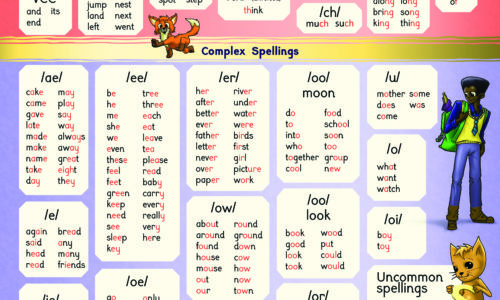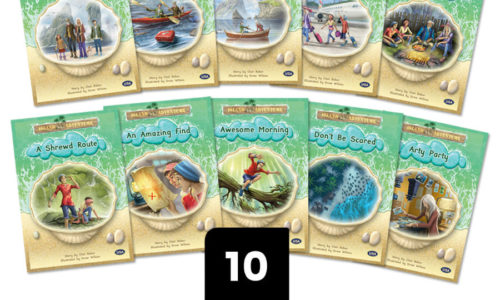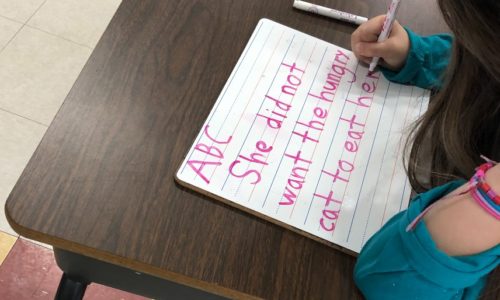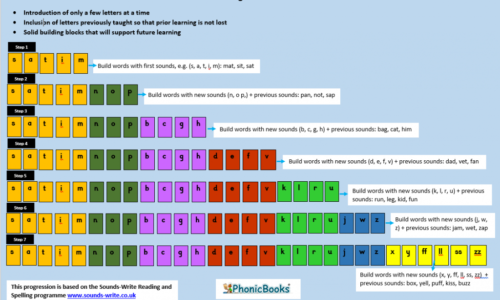
Do you have students who persistently misread small, high-frequency words such as: “he,” “I,” “of,” “gave,” “a,” “the,” “she,” “her,” “on” or “was”? This is quite common even if older students have had remediation for decoding difficulties and have improved their phonics knowledge and word reading skills. We could speculate about why. Maybe teachers do…
Read More



